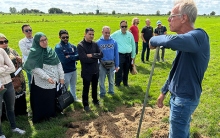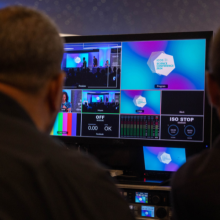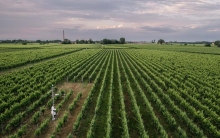WMO and NUBICOS hold successful Summer School
The 7th ICOS Summer School – which took place in August 2024 in Wageningen, the Netherlands - was a summer school with a twist. This year’s Summer School was a collaboration between the World Meteorological Organisation (WMO) and the ICOS-coordinated Horizon Europe project NUBICOS.








